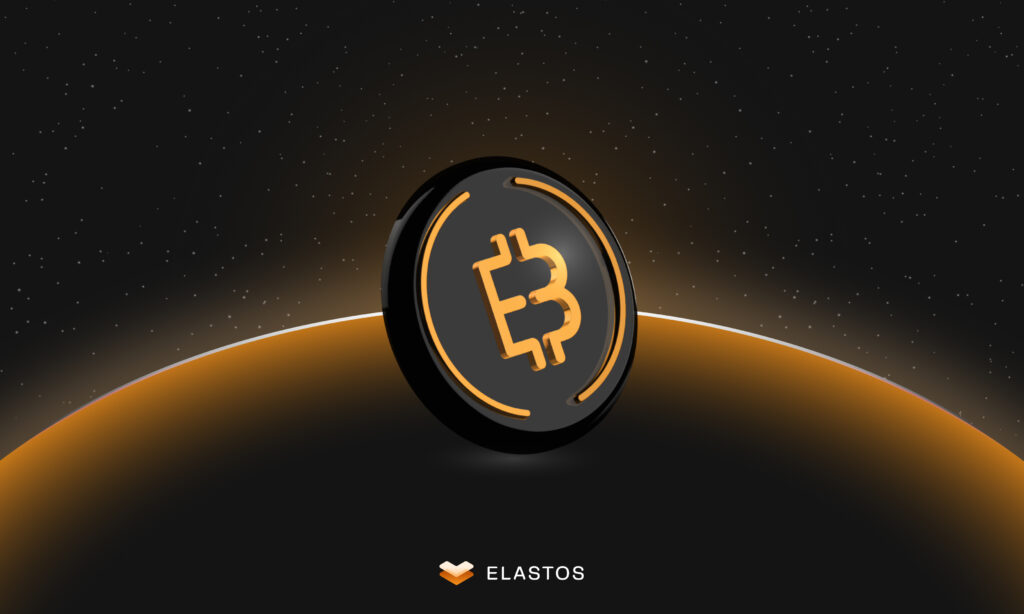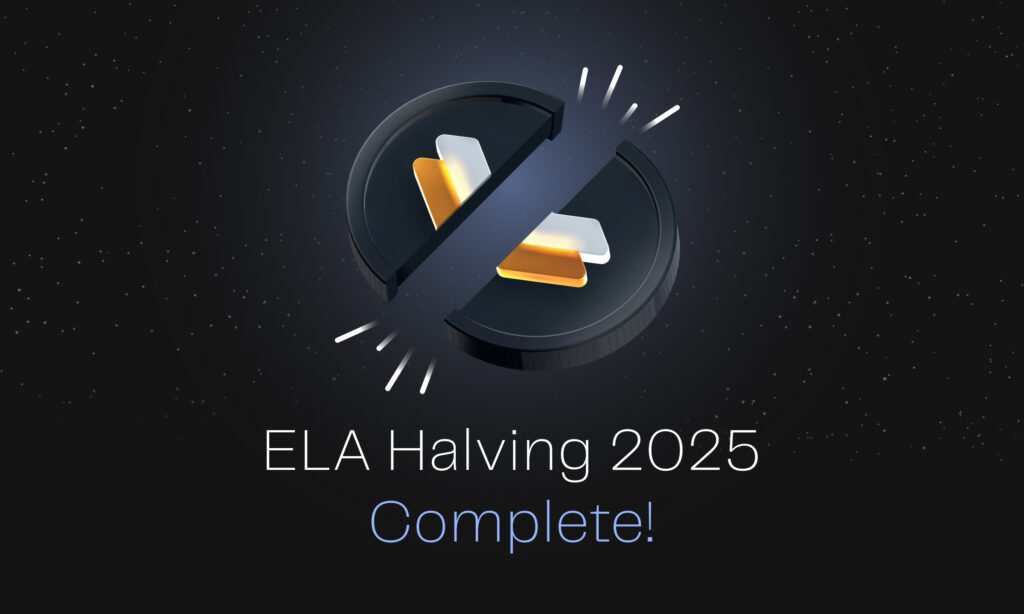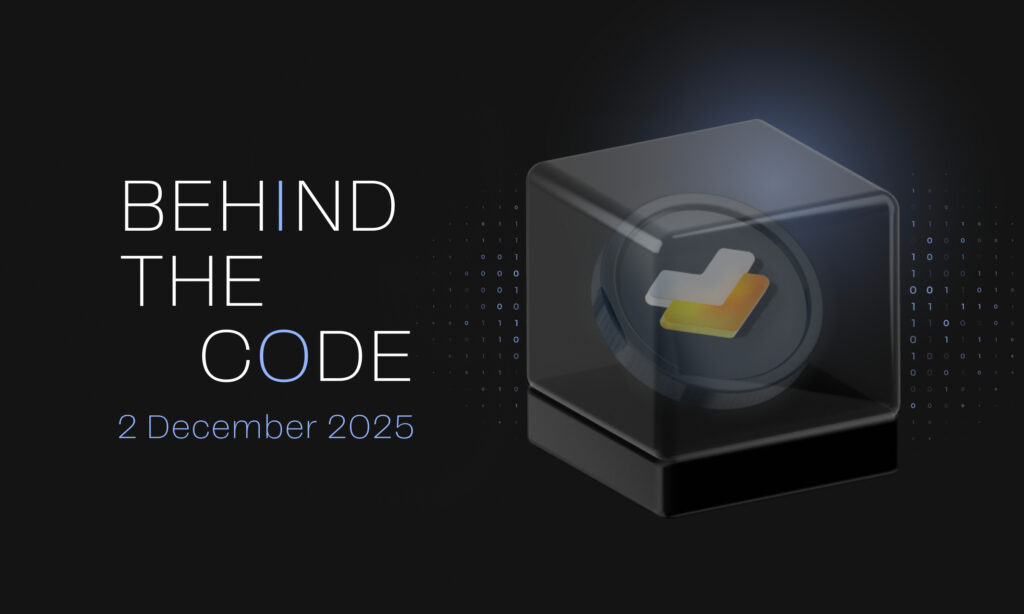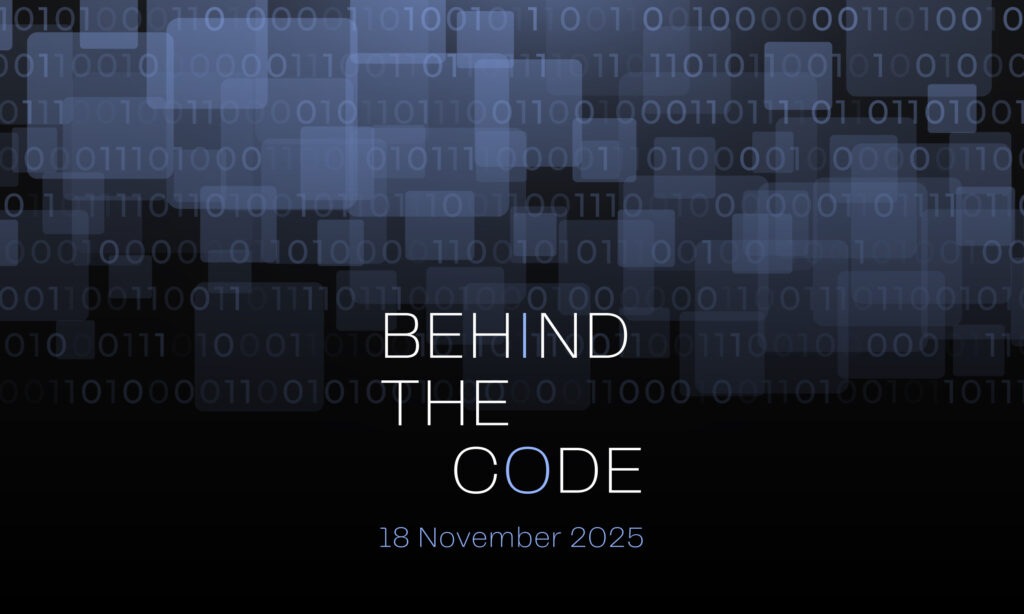The Bitcoin Dollar (BTCD), the world’s first fully Bitcoin backed stablecoin, launches August 1st, 2025 by New Bretton Woods Labs. BTCD will leverage the next generation new internet infrastructure of Elastos that has been merge mined with Bitcoin since 2018. This historic launch represents a watershed moment for the cryptocurrency ecosystem, coming at a time when the recently passed GENIUS Act allows U.S. banks and financial institutions to freely use and issue stablecoins. Bitcoin holders can now unlock liquidity without selling their BTC or trusting custodial intermediaries.
The project puts Bitcoin’s massive 2 trillion dollar market capitalization to work in decentralized finance for the first time, creating what many consider the missing link between Bitcoin’s store of value properties and the programmable money demands of modern DeFi. After successful Zero Knowledge proof (ZKP) powered protocol named BeL2, New Bretton Woods Labs team have been working for almost a year into developing the Bitcoin Dollar. BTCD finally delivers on the promise of making Bitcoin productive while maintaining its core principles of decentralization and security.
The End of Bitcoin’s Idle Capital
For years, Bitcoin holders have faced an impossible choice: hold their digital gold and miss out on DeFi opportunities, or sell and lose their Bitcoin exposure. BTCD eliminates this dilemma by creating the first truly Bitcoin native stablecoin that maintains non custodial control while enabling programmable finance. Unlike existing stablecoins that rely on traditional banking systems or risky wrapped Bitcoin solutions, BTCD is fully collateralized with real Bitcoin locked in P2WSH addresses. P2WSH, or Pay to Witness Script Hash, is Bitcoin’s native smart contract format that keeps funds securely on the Bitcoin blockchain under user control.
The breakthrough comes through BTCD Miners who compute zero knowledge proofs, advanced cryptographic methods that verify Bitcoin collateral exists without revealing private details. These proofs are delivered to Ethereum compatible smart contracts, triggering BTCD issuance while maintaining complete transparency. This creates programmable BTCFi, or Bitcoin Finance, without the risks associated with wrapped tokens or derivative assets.
BTCD’s promise
BTCD operates with a 40 to 65% Bitcoin collateral ratio plus an ELA over collateralization buffer, ensuring rock solid stability. The project features real time proof of reserves visible on the Bitcoin blockchain, providing transparency that traditional stablecoins simply cannot match. Security audits will be completed by industry leaders like Certik, SlowMist, and Trail of Bits as of June 2025.
Developed by a team of Harvard alumni and incubated at Harvard Innovation Labs, BTCD represents a paradigm shift in stablecoin design. Just as the Bretton Woods system once anchored the dollar to gold, BTCD anchors programmable money to Bitcoin. The system creates new revenue streams for Bitcoin miners while finally enabling Bitcoin’s massive balance sheet to power the programmable economy.
BTCD launches on a partner chain of New Bretton Woods Labs team on August 1st.
For more information, visit Elastos.net. Exchanges and wallets interested in supporting BTCD can contact Info@elastos.org.








